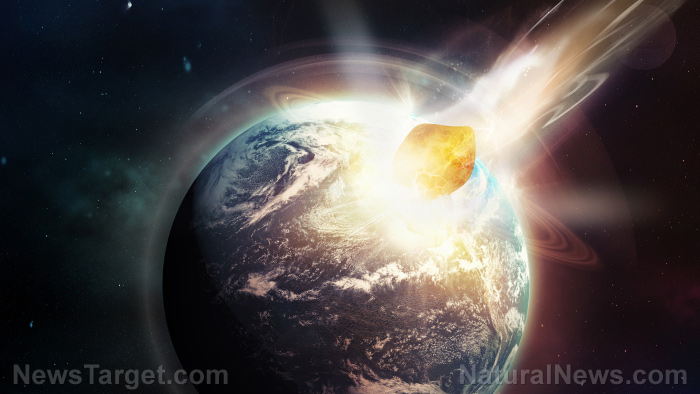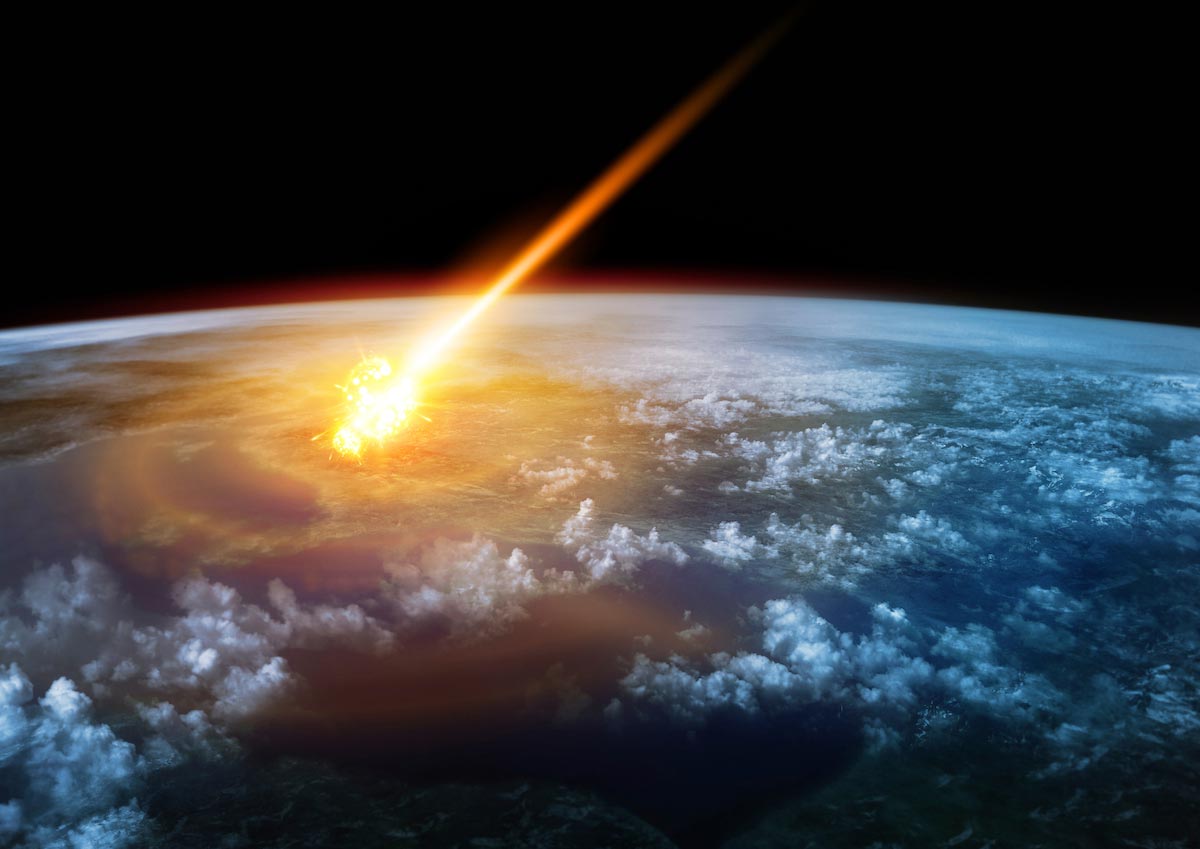
The surface of the moon may be more battered than previously believed. Researchers say that deep fractures from ancient asteroid impacts reach miles into the lunar rock.
The moon tore free from the young Earth more than four billion years ago. Since then, it took countless impacts from meteors and asteroids that left various marks on its surface. And unlike our planet, the natural satellite doesn't have running water or weather to wear away the multitude of craters.
But the damage caused by the cosmic impacts goes way below the craters and pits that dot the lunar surface. A team led by researchers from Brown University found that some of the cracks got as deep as 12 miles (20 km) into the rock.
Decades of study amassed plenty of data on the craters and other surface features of the moon. But until recently, the mega regolith – the upper region of the crust – remained mysterious.
This area absorbed the brunt of the damage from various collisions with asteroids, comets, and meteoroids. The researchers ran computer simulations of these cosmic impacts to find out how they affected the mega regolith. (Related: Asteroids impacting Mars may explain where all the water came from.)
Ancient impacts may have thoroughly fractured the crust of the young moon
The Brown researchers reported that a single impact might break apart the lunar crust into blocks that measured three feet (one meter) wide. The energy also cracked the surface, and the resulting fractures ran for hundreds of miles.
Based on their findings, individual impacts may have accounted for most of the fractures in the mega regolith. A constant bombardment of high-speed space rocks might have thoroughly broken up the crust of the moon during its early years.
Their study helped explain the puzzling data acquired by NASA's Gravity Recovery and Interior Laboratory (GRAIL) space mission. The space agency dispatched a pair of spacecraft to the moon to map out lunar gravity. However, the GRAIL space probes revealed that the crust displayed far less density than expected.
Brown researcher Sean Wiggins served as the lead author of the new study. A doctoral candidate, he and his teammates came up with the theory that ancient impacts fractured the surface of the moon.
The deep and numerous fractures increased the porosity of the lunar crust. In turn, this led to a lower density compared to more solid rock.
Gravity affects the severity of asteroid impacts
Wiggins' simulations showed that an impact from an asteroid spanning 0.6 miles (1 km) in width might inflict cracks that dove a dozen miles into the mega regolith. Increasing the diameter to six miles (10 km) produced similarly deep fractures that also spread laterally as far as 186 miles (300 km).
“There's quite a lot of damage outside of the main crater area,” Wiggins explained. “Material is still very broken up, farther away than we would have predicted.”
As time passed, the webs of cracks expanded and linked up, resulting in the current fragmented crust.
The researchers also simulated the result of such asteroid impacts on Earth. They learned that the gravity of the target affected the number and severity of the fractures in its crust.
The higher the gravity of a world, the less damage it took. Since the moon has lower gravity than Earth, the surface cracks reached much deeper into its crust in comparison.
Wiggins hopes that his team's findings might help other researchers figure out how the mega regolith conveys heat, which is vital to the formation of moons and planets.
“It definitely opens doors for further investigation into lots of different processes — not just on the moon, but on other bodies as well, like Mars or Earth,” Wiggins said.
Sources include:
Please contact us for more information.


















